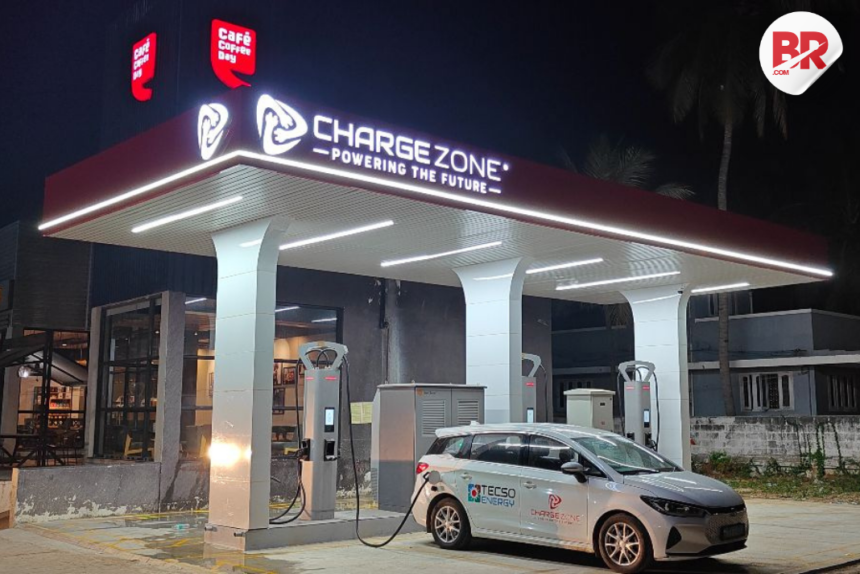
India is getting serious about its EV future. The government is now planning to set up powerful 360kW EV charging stations along national highways. These high-capacity chargers are made for heavy-duty electric vehicles like trucks and buses.
This is not just a small step. It’s a major leap. And it tells us something important — the future of transport in India will be electric.

So, what does this mean for us?
It means cleaner air. It means lower fuel costs. And most importantly, it means our highways will soon be buzzing with quiet, zero-emission electric trucks and buses.
Now, for a regular car, a 60kW charger might do. But a heavy-duty truck is a different beast. It carries tons of weight across long distances. It can’t wait for hours to charge. That’s why 360kW charging stations matter. They cut down charging time and get these big EVs back on the road, fast.
Why the 360kW upgrade?
Here’s the simple math:
- Faster charging = less downtime
- Less downtime = more trips per day
- More trips = better business and cleaner logistics
Also Read Why Is Patanjali Foods Falling—And What Does It Reveal About India’s Midcap Mess?
The Ministry of Power already has guidelines:
- Two- and three-wheelers: 12kW
- Four-wheelers: 60kW
- Heavy-duty EVs: at least 240kW
But these new stations? They go beyond the minimum. 360kW is a bold bet on what’s coming next.
This is India saying: we’re not catching up — we’re moving ahead.
What’s in it for the economy?
Electric trucks and buses cost less to run. No diesel bills. Fewer breakdowns. Companies save money, and the country saves on oil imports. That’s a double win.
Plus, once businesses see fast charging along highways, they’ll be more willing to switch to EV fleets. This means lower emissions and cleaner cities.
But here’s the real twist…
India, a country once seen as late to the EV party, is now preparing for the heavy-duty wave before many others. That’s rare. And that’s powerful.
Of course, building the stations is only step one. They must be installed strategically — along major freight routes, not just big cities. And we need public-private teamwork to get it done.
Still, the direction is clear: India is electrifying its highways, and it’s doing it with power — literally.
Also Read Ever Wonder What It’s Like to Work with Elon Musk? Tesla’s Indian-Origin VP Reveals All!












